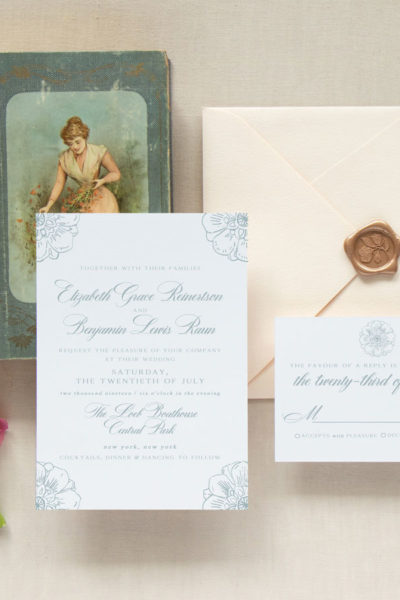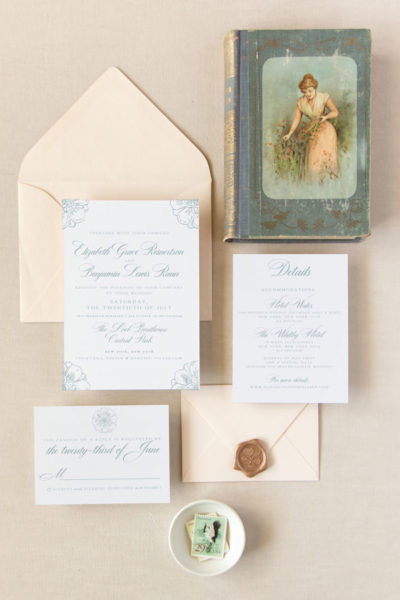The Bow Bridge provides a passageway for one of the most serene and romantic views in New York City. Whether walking on it or riding in a paddleboat beneath, the gracefully shaped bridge named for its resemblance to a violin’s bow is an unforgettable image. Created by Jacob Wrey Mould and Calvert Vaux in a classical Greek style, it was completed in 1862, making it the second oldest cast iron bridge in America. The bridge’s 60 foot walkway is constructed of ipe, a South American hardwood that turns a rich deep red when wet.
Four urns decorate both entrances to the bridge and are filled with beautiful plantings for each season. These urns mysteriously disappeared from the bridge sometime in the 1920’s. In 2008, replicas were made using original artisinal renderings, bringing Bow Bridge back to its full 1862 glory. This wasn’t the only mystery surrounding the bridge, either. There was speculation that cannonballs were built into the bridge as a precautionary measure for the need of the cast iron to expand with temperature shifts. During a much needed restoration effort in the 1970’s, no cannonballs were found. Though the temperature shifts do cause a difference of roughly 2 inches between summer and winter, the hardwood actually allows for this expansion and contraction.
The beautiful medallion pattern that is repeated underneath the urns along the bridge was the focal point I used to create the Bridge suite. Its regal but rustic appearance bring the nature meets architecture design to life. Due to the numerous engravers lines in the medallion, it is the perfect match for letterpress printing, though it’s also beautiful in digital or foil prints.

SAVE THE DATE
Description

FOUR PIECE SUITE
Description

FIVE PIECE SUITE
Description